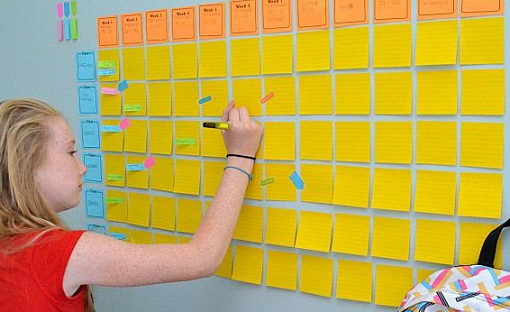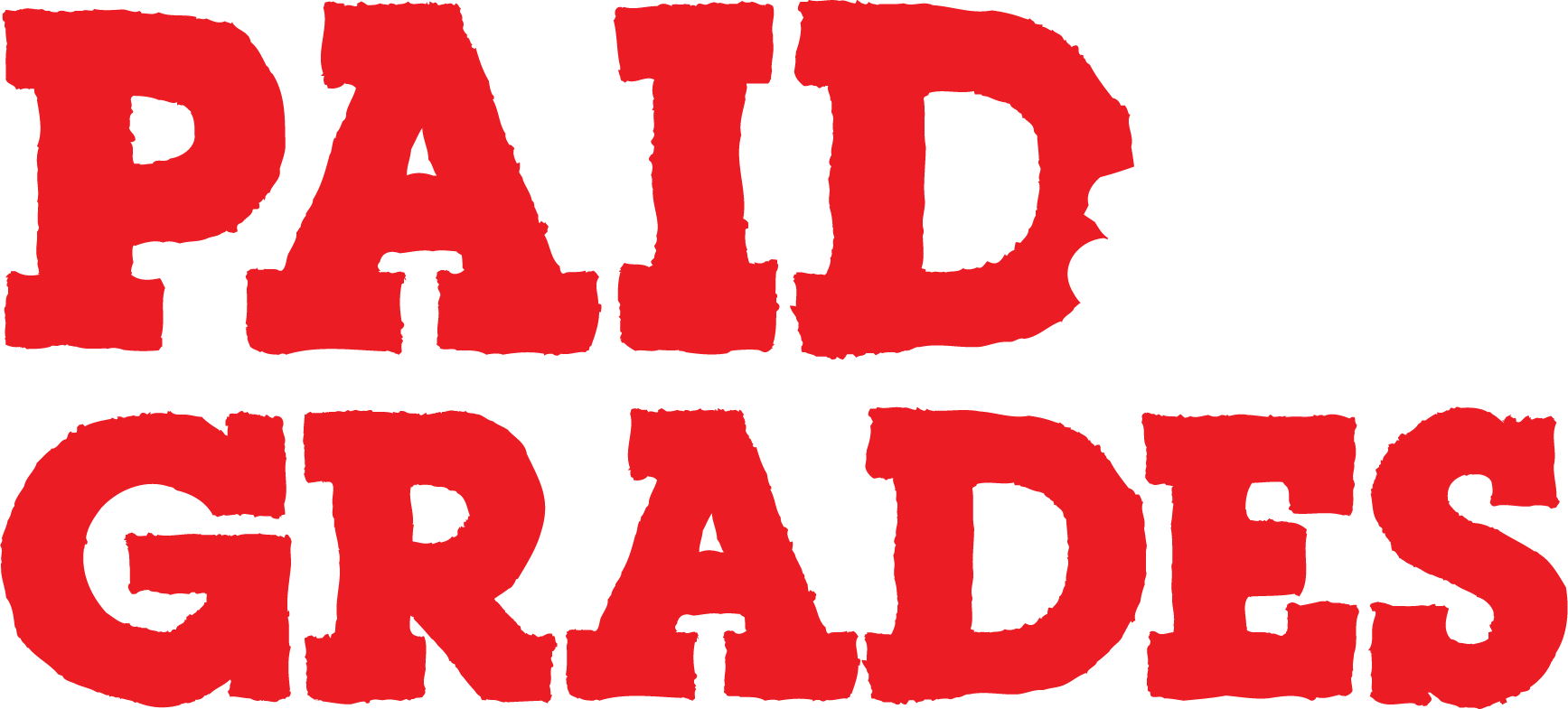Trying to balance school, homework, family, a social life, planning for college, and extracurriculars like clubs, sports, or a part-time job can be a little…overwhelming. Wouldn’t life be a lot easier if there were some way to keep everything straight?
There is!
Life doesn’t have to be a battle to make it through the day; all you need to do is invest in a little time-management by learning how to schedule your day. In fact, getting organized might end-up being one of the best decisions of your life.
The Importance of Scheduling
Think about how a car engine works. Parts don’t just move in a random order; each individual piece of the machine is in a specific place and is synchronized with every other part to drive the engine forward. If you just threw everything into a heap under the hood, nothing would happen once you turn the key.
You need to precisely organize and arrange your schedule if you want it to drive you forward, just the same way you would put together and tune an engine.
There are lots of benefits to scheduling your time effectively. For example, a solid schedule can help you:
- Achieve more in less time: You can get more done, which means more time for other things.
- Waste less energy: Managing your workload is easier if you know what you need to do and when.
- Reduce stress: No rushing or unexpected deadlines because you always know what needs to be done.
- Gain respect: People will trust you if they know you have a reputation for finishing what you start.
- Identify strengths: Scheduling helps you figure out what you’re best at…and where you need a little work.
- Find new opportunities: You have more options when you have the time to spare.
- Work toward a goal: Have something you want to achieve in life? It all starts with proper planning.
This all sounds great…but where do you start?
After all, it’s not easy learning how to create a schedule and organize your time effectively if you’re used to taking each day as it comes. Here’s a few easy steps that will help you get started and work toward a more organized—and more productive—lifestyle:
#1. Define Your Goals
The first thing is, of course, figuring out what goals you want to achieve. This is the big-picture stuff, the dreams that you want to achieve years down the road. Do you want to be an athlete? An actor? A scientist? A business owner? It’s easier to start broad and get more specific from there.
Now that you have your big-picture goal in mind, it’s time to figure out the major steps and individual goals that will get you there. For example, let’s say you want to be an artist. Your big steps could be:
- Getting accepted to art school.
- Building a network of fellow artists.
- Having your first solo show.
- Completing your master’s degree.
- Getting featured in a major art publication.
- Finding enough success to make art your career.
That’s just one example, but the basic process is the same for just about anything you’d want to accomplish. No matter what you aspire to do, you need to figure out the goals that will mark your progress along the way.
#2. Identify Your Objectives
The first step was about identifying the vague, big-picture stuff; the victories that you might land every few years over the course of your life. Here, we’re looking at how to pick out the more specific things that will get you from one of those points to the next. These are your target objectives; those “mini-goals” that will get to each new level.
For this system, all you need is a wall (or preferably, a dry erase board) and a few sticky notes. First, write out on a stick note the name of each month of the year and stick them on the wall in a straight line. Next, identify 3-5 objectives that you want to achieve this month that will help you get closer to your first goal. For example, if your first goal is to attend a specific college, think of a few things you can do this month to make that happen. For example:
- Submit your application.
- Apply for at least three scholarships.
- Sign-up for a tour of the campus.

Write each of those on a different sticky note, then place them in columns under the name of the first month. Repeat this for each month over the next year (or at least as far as you can plan). They don’t all have to be directly related to your goal. If you need to get a tune-up for your car, or plan a trip that you’re taking soon, feel free to count those. You’re just looking for a few key items which can demonstrate that you’ve made progress this month.
At the end of the month, look back on your objectives. Replace all the ones you’ve completed with a blue sticky note, and ones you haven’t with a red sticky note. Move incomplete items over into the next month and keep adjusting as needed. This will help you see how productive you’ve been, as well as where you could use improvement.
#3. Create a To-Do List
Now you know what your long-term goal is, as well as the monthly objectives that will help you reach it. That means we’re starting to get down to the nitty-gritty.
These are all the small daily and weekly tasks you need to schedule. Relative to your big-picture goals, these are the tiny steps that will get you where you want to be.
I recommend sitting down on a specific, designated day each week to make your to-do list. Sunday nights can be a great option, as most people won’t have much going on at this time, and Sunday is right before the new week gets underway. If a different day works better for you, though, then go with that option.
Your to-do list doesn’t need to be complicated; you can simply grab a piece of paper and write down everything you can think of that needs to be done in the next week. A two-column approach, with one column representing one-time events that you need to take care of, and another column for recurring items that will show up each week, could be useful for your first list.
#4. Plan it Out
Once you have your to-do list, it’s time to plan out when everything will be accomplished. We touched on the importance of using a planner a few months back. You can use a traditional paper-and-pen daily planner, a calendar you can write on, or a digital solution like Google Calendar. Personally, I prefer the paper-and-pen solution as writing in the planner helps you implant that information in your memory more clearly than typing it. Ultimately, the right answer is whichever works best for you.
Once you choose your planner medium, start plugging-in items from your list. If you’re using a paper planner, I recommend you write in pencil rather than ink, in case you need to move some items around. Also, be sure to note the time of each event.
Now the most important part: STICK TO YOUR PLANNER! Remember to keep using it, and to adhere to the schedule you laid out as much as possible.
Why Does It Matter?
Why is planning and scheduling so important? What’s a planner got to do with achieving your dreams? Well, look back at the big, lifetime goal you picked out at the beginning of this process.
You’ll notice that nothing in this process can happen in a vacuum. Reaching your lifetime aspiration is the product of achieving several smaller goals during your lifetime. Each of those goals are the product of achieving several smaller objectives each month…and achieving those monthly objectives depends on your minor, day-to-day choices.
If you want to reach your dreams, you need to develop habits that promote holding yourself accountable.
Your goals will almost certainly change, shift, and move around over the years. You might discover new passions that seize your imagination, while old hobbies seem less interesting. However, if you’re always planning and working toward a goal, then you always have the map in your hand that will lead you to success…no matter how you define it.
